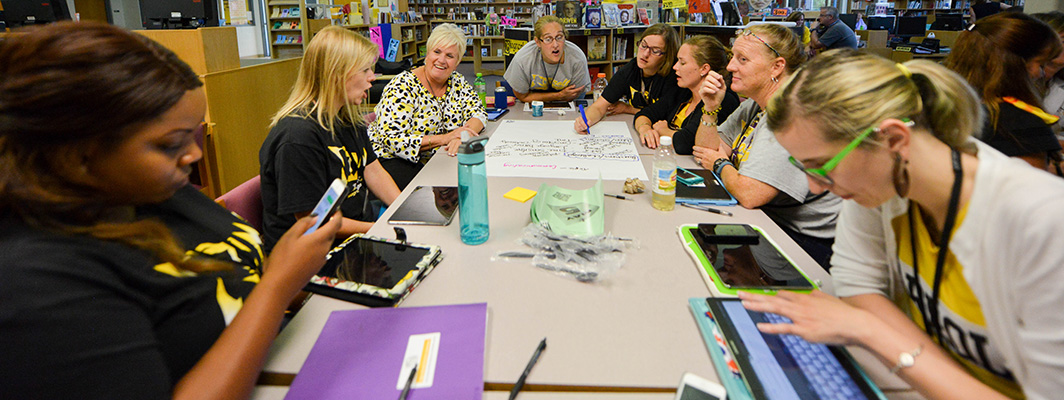
Unfortunately, flagging misinformation is not always as easy as identifying the flaw with the Lincoln meme. We are inundated with information and deciding what to trust is usually difficult. The goal of Digital Promise’s Marketplace Research work has been to create smarter supply and smarter demand in the education technology (edtech) marketplace. A foundational element of this work is research communications–helping consumers find reliable, evidence-based information they can trust about learning tools.
We have consistently heard from educators that they are wary of claims made by edtech product developers. And product developers hear that complaint. Some have even stopped sharing the research rationale supporting their product’s design out of concern that their reports will be perceived as biased. One product developer I recently spoke to questioned the purpose of sharing any research at all since competitors could be making nefarious claims and saturating the market with misinformation.
Opting out of communicating the research that drives edtech design, development, and improvement hinders consumers. Just because unreliable information surrounds us, does not mean we should stop striving to share the good stuff.
Over the last six years, we have worked with innovative educators who are increasingly savvy about selecting high-quality learning tools. They look for research and evidence as they select products and then continue to review data during initial trials and pilots. Many educators are in search of products that meet the needs of their diverse learners. Products that showcase the learning sciences research driving their product design set themselves apart from the field.
While educators may be skeptical of efficacy studies conducted by products, our research has found that they are more likely to select products grounded in research about how people learn than those that make no reference to learning sciences. If a product supports implementation with research-based instructional practices, educators cheer. Products committed to both student and educator learning have a competitive advantage.
As educators work to tailor instruction to unique learner needs, they recognize that one tool may not fit all. Products that are up front about where their learning tool begins and ends are more likely to reach the intended audience, and customers find that transparency refreshing. Tools that claim to be designed for all learners are most often designed for a mythical “average” learner, which likely means the product will not attend to the unique needs of diverse learners. For example, a tool steeped in research about English Learners may be much more attractive to an educator searching for those specific resources than a literacy tool that claims to improve learning outcomes for all students.
Some research-based products currently do a great job of infusing research into their design and development. Through our Research-Based Products Certification, which we are piloting this fall, we have uncovered products that proudly showcase their research. For example, Speak Agent links to their Theory of Change from their homepage and includes an extensive list of works cited. As the field increasingly demands this type of information, products are wise to articulate the link between research and product design.
In a world of increasing confusion, let’s aim to communicate clearly about tools that support learner diversity so educators and students can access resources that fit.
Join us in demanding research-driven learning tools to support each learner by signing the Research-Based Product Promise. Visit the Product Certifications website to learn more about this work. Explore the Edtech Marketplace Today blog series to hear voices from the field share important perspectives on challenges and strategies to improve the edtech market.